Thrive with the MACH-ProLight
The MACH-ProLight delivers everything one would expect of a Reliable Controls device. Here's why.





Every year Larry Fink, CEO of the largest asset management firm in the world (cultivating more than $6 trillion USD in assets), pens a letter to the CEOs of the world’s principal publicly-traded companies. This annual message advocates “for practices that we believe will drive sustainable, long-term growth and profitability”. In his 2019 letter entitled “Purpose & Profit” he noted that “society is increasingly looking to companies, both public and private, to address pressing social and economic issues” and expresses his belief that “profits and purpose are inextricably linked” (Fink, 2019). In this vein, Mr. Fink refers to his letter from last year wherein, rather than commenting on global strife or macroeconomic volatility, he proposed that “a company’s ability to manage environmental, social, and governance matters demonstrates the leadership and good governance that is so essential to sustainable growth, which is why we are increasingly integrating these issues into our investment process” (Holtermans, PhD, Kok, PhD, & Pogue, 2018). Like-minded entrepreneurs acknowledge the importance of environmental, social, and governance (ESG) leadership by embracing the inherent and compelling value in today’s business climate of corporate and organizational management to a Triple Bottom Line inclusive of people, planet, and profit.
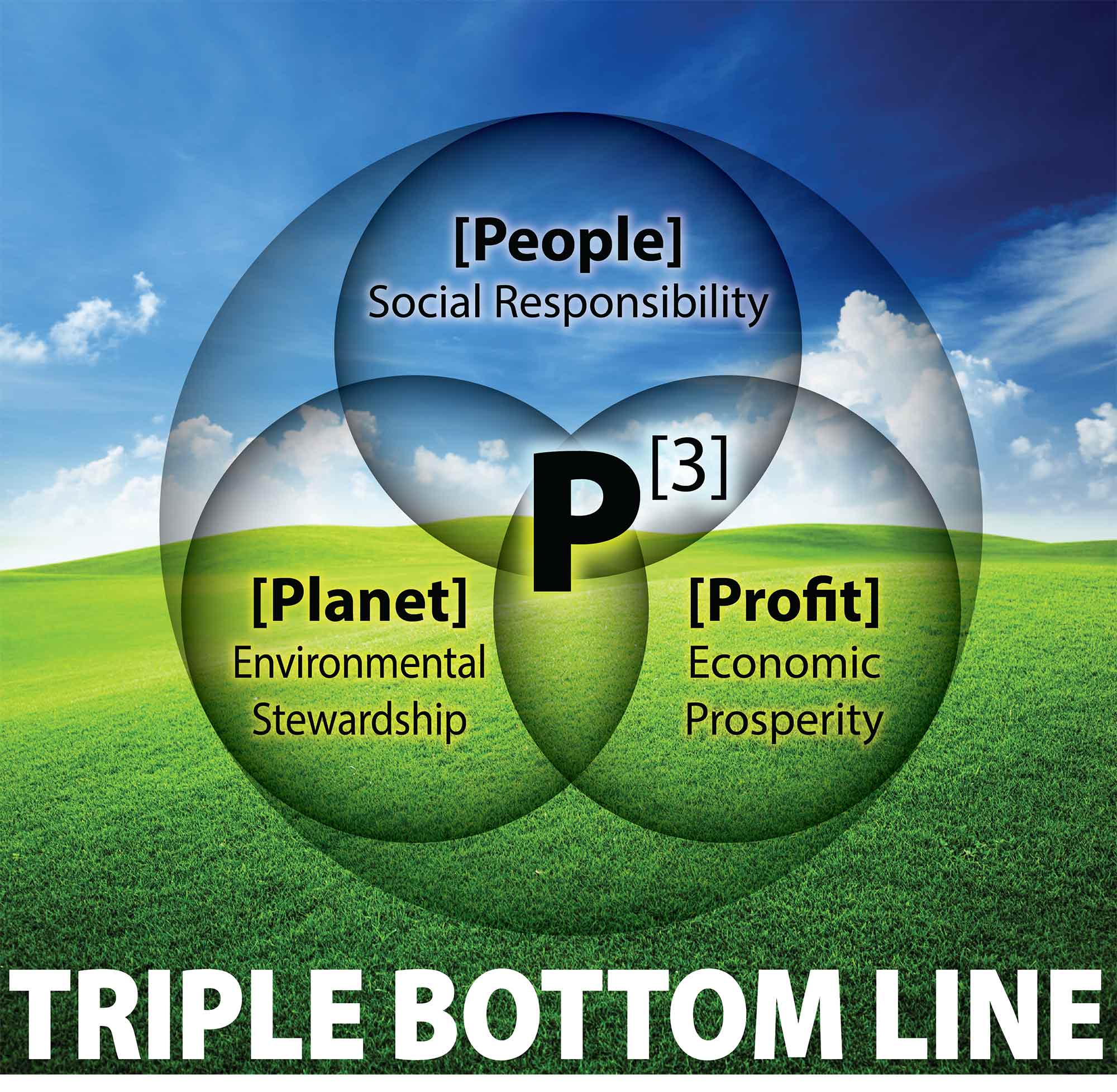
According to the 2018 Green Building Adoption Index, developed by CBRE and Maastricht University, 41 percent of commercial space in the 30 largest U.S. office markets have now been certified by a green building certification program (Holtermans, PhD, Kok, PhD, & Pogue, 2018). One of the top-five greenest cities in the world, Singapore is striving to certify 80 percent of its built environment stock by 2030 (Building and Construction Authority, 2013). In Australia, 81 percent of commercial office space is rated by NABERS (National Australian Built Environment Rating System), a system that advertises savings in excess of 826 tonnes of CO2 over the life of the program and $400 million dollars (AUD) in energy-related expenses since 2010 (NABERS, n.d.).
Sustainable, green building is often a focus of wet concrete, new development. Indeed, many sustainable, green building designs and technologies can be easier to implement in new facilities. However, existing buildings represent a significant percentage of facility portfolios. The annual replacement rate for buildings is historically only ~2 percent, with lower rates during financial market instability (Riggs & Davis, 2012). In uncertain economic climates, many portfolio executives shift resources from new development to upgrading and optimizing existing facilities. Lighting control is an excellent opportunity to modernize existing built environment stock, whilst reducing energy costs and improving the human experience. According to the Energy Cost Savings Council, “the average lighting upgrade generates a payback in 2.2 years and a 45 percent return on investment”. The New Buildings Institute finds that “advanced lighting controls can reduce lighting energy consumption by 50 percent in existing buildings, and by at least 35 percent in new construction” (DiLouie, 2010).
Intelligent, adaptive lighting control has physiological and psychological benefits on the human experience in the built environment ranging from improved mood, learning, and healing to reduced fatigue, headaches, anxiety, and eye strain. Improving the human experience is beneficial for the people bottom line of corporations in pursuit of purpose and profit. Lighting control is a proven method to reduce energy consumption; which improves stewardship for natural resources and the planet bottom line. Reduced energy consumption, and sustainable facilities that operate more efficiently, result in reduced energy costs; which, improves the traditional profit bottom line. This third installment of an insight series introducing the fundamentals of lighting control will focus on some basic lighting control strategies that are commonly used in sustainable facilities.
Manual lighting control facilitates occupant-initiated manipulation of natural (e.g., using shades or blinds) and artificial light for environmental, task-oriented, and comfort control. Manual control ranges from single light switches and dimmers to banks of switches and circuit breakers. For small-scale applications, manual control alone can be the most cost-effective solution. However, even in complex facilities, manual control complementary to automation plays an important role in the human experience, empowering occupants to influence their environment. Studies have proven that occupant-controlled lighting tailored to individual needs has considerable potential for enhancing personal well-being, workplace satisfaction, and employee retention (Silvester & Konstantinou, 2010).

Manual control is complementary to automated lighting control from an energy-savings perspective as well. A Lawrence Berkeley National Laboratory (LBNL) study based on a review of 240 energy savings estimates published in 88 papers and case studies estimates that providing occupant control of light levels through switches, dimmers, workstation control, and preset scene control alone can provide ~31 percent savings in lighting energy consumption (DiLouie, Estimating Energy Savings with Lighting Controls, 2013).
Lighting control relays, such as the Panasonic WR-6161 featured in the Reliable Controls Lighting Control Panel (LCP), use momentary contacts to change state (i.e., to turn the connected fixtures on or off). This design facilitates manual devices such as wall switches and switch stations to easily be installed parallel with the controller output in the control circuit, empowering manual and automatic control for any circuit. When occupant-initiated manual control is integrated with an automatic control narrative, monitoring the present status of the lighting control relay becomes necessary for accurate management and control. The MPL has been expressly engineered to support monitoring the status of the WR-6161 relay series automatically via the output circuit. For other lighting control relay types (such as the GE RR9 and Eaton BABRSP) the universal inputs of the MACH-ProLight™ (MPL) BACnet Lighting Controller can be used to monitor relay status. Universal inputs and outputs of the MPL facilitate manual occupant interface with, and influence on, the built environment through manipulation of natural light levels by controlling shades or blinds and artificial light levels through continuous dimming, step-dimming, and bi-level switching.
When it comes to providing manual interaction with the lighting control system, there is a wide array of Reliable Control solutions for empowering occupants of a sustainable facility to take control of their local environment. The MACH-ProView™, SPACE-Sensor™, and SMART-Sensor™ series present excellent opportunities for local, integrated occupant environmental control. The myControl® mobile device app, and browser-based user-interface (BUI) of RC-WebView® and the MACH-ProWeb™ bring manual control to the occupant at their workspace or on the go.
Occupancy and vacancy strategies in a lighting control narrative are common energy-conservation measures used to automatically manipulate light levels based upon the presence or absence of occupants. LBNL found that occupancy-based strategies alone can result in an average lighting energy reduction of ~24 percent. Their intrinsic synergy between simplicity and efficacy make occupancy-oriented control a common feature of lighting control and energy standards (DiLouie, Estimating Energy Savings with Lighting Controls, 2013).
Occupancy lighting control narratives generally fall into one of three categories. Manual-On is one of the most common strategies wherein occupants manually turn lights on as required, and vacancy sensors are utilized to automatically turn lights off when the space is vacated. Partial-On strategies use occupancy sensors to automatically enable lights to a preset, partially-lit level (e.g., 50-75 percent) when occupancy is detected; and then, occupants have the option to manually increase the light level as needed. This strategy is commonly used for safety in corridors, in intermittently occupied spaces, and for lamps that do not start immediately. Full-On strategies utilize occupancy sensors to bring lights on to their full brightness when occupancy is detected.
Occupancy and vacancy sensors for lighting control typically use Passive-Infrared (PIR), ultrasonic, or a combination of the two technologies (dual-technology). PIR sensors detect the movement of body heat (when contrasted with the ambient background temperature) in motion. PIR detects when occupants cross the sensing zones (e.g., move laterally across the sensor field of view) and is ideal for detecting motion within line-of-site of the sensor. Ultrasonic sensors emit high-frequency radio waves into the space and monitor the change in frequency as they are reflected to the sensor by bodies in motion. Ultrasonic sensors do not require line-of-site and are ideal for filling spaces with partitions (e.g., restrooms, open offices, etc.). Dual-technology sensors utilize both PIR and ultrasonic technologies. In large spaces, it is recommended that the sensing zones overlap by ≥20 percent.
The MACH-ProLight controller brings all the inherently simple, flexible, and sustainable benefits of Reliable Controls to lighting control applications. Universal inputs and EnOcean Transceiver™ (ET) support are ideal for empowering a wide-array of wired and wireless occupancy/vacancy sensors. The freely programmable nature of the MPL makes it easy to implement energy-conserving occupancy-oriented control narratives.
Schedule-oriented strategies in a lighting control narrative are common energy-conservation measures used to automatically manipulate light levels based upon a preconfigured timetable. For example, lights can be turned on, turned off, and lighting levels can be adjusted based upon the time of day. Lighting schedules are traditionally common in open and public spaces as well as those intermittently occupied on a routine basis. However, studies have shown that automatically modifying light levels throughout the day to more closely mimic natural light contributes to an improved human experience; and, that periodically brightening lights for 30-minutes in the early morning (e.g., ~09:30) and early afternoon (e.g., ~13:00) were effective to combating built environment fatigue and boosting productivity (Lighting Controls Association , 2011). Occupant satisfaction is further improved when complementing schedule-based lighting control with local manual overrides. LBNL found that, analogous to occupancy-based strategies, scheduling can result in an average lighting energy reduction of ~24 percent.
Exterior LED lighting at Reliable Controls.
Time-of-day scheduling for a zone, a facility, or an enterprise is grist to the mill of a Reliable Controls sustainable facility. Integrating schedules with other strategies such as for local manual overrides, adaptive response, and occupancy is simple with the interoperability and freely programmable nature of the MPL. The MPL also introduces the BACnet Binary Lighting Output (BLO). This standard object includes an integrated blink warn sequence. Automatically turning lights off when a space is still occupied can be dangerous and potentially jarring to occupants. Once blink warn is enabled, when the programming in an MPL commands the BLO to transition off, rather than immediately turning off the lights, it blinks the connected lamps and fixtures, momentarily turning the lights off and then back on. This momentary blink serves as notice to the occupants that the lights will soon be extinguished. If they wish to extend operation, occupants can initiate an override through a button on the wall, their myControl mobile device app, or their BUI. If an occupant initiates an override, the lights will remain enabled for a preconfigured time period. If an occupant does not initiate an override, after a preconfigured delay, the lights will turn off as scheduled. All this functionality is built-in to the configurable BLO object without demanding any programming.
Daylight harvesting (e.g., daylighting or daylight-response) are lighting control strategies that automatically respond to available natural light. Using a light-level sensor (e.g., photosensor or photocell), a lighting control system can reduce the fixture lighting levels, through switching or dimming, in response to the introduction of natural light in the built environment. When natural light levels exceed the illumination required for a task, or for comfort, integrating shade and/or blind control to minimize glare and diffuse direct sunlight can further contribute to a positive holistic human experience. In many cases daylight harvesting improves occupant health and welfare by balancing the synergy between natural and artificial light while reducing the lighting energy consumption. LBNL estimates that daylight harvesting can reduce lighting energy consumption by ~28 percent.
Upper South Conference Room at Reliable Controls.
On the opposite side of the daylight spectrum, studies have shown that people naturally require, and indeed often prefer, lower light intensity in the evening and at night. Adaptive compensation is a biomimicry technique that follows the circadian 24-hour solar cycle by automatically, and gradually, reducing light levels in spaces used for non-critical tasks later in the day and into the night.
Automating and finely-tuning a process in response to a dynamic environment is what Reliable Controls Authorized Dealers have excelled at for more than three decades. Like all Reliable Controls tools, the MACH-ProLight controller empowers leveraging dealer knowledge and experience in providing an ideal built environment. Adaptive daylight harvesting is analogous to the thermal environment control that together we have provided since the 1980s. If a designer, owner, or application engineer can dream up an adaptive response strategy, the MPL stands ready to implement it.
Task tuning (e.g., institutional tuning or high-end trim) is the operational practice or commissioning activity of reducing lighting levels from space-to-space to the minimum illuminance recommended by the Illuminating Engineering Society (IES) (Energy Trust of Oregon, 2013). As many spaces, particularly in commercial facilities, are commonly over lit, this strategy can be deployed to lower energy costs without having a negative impact on occupant comfort (Schuetter, Li, & Lord, 2015). A space-by-space approach allows for the illumination to be reduced in unessential areas while maintaining higher illuminance in critical and task-oriented workspaces. LBNL estimates the savings from task tuning to be ~36 percent on average.
The universal outputs and freely programmable nature of the MACH-ProLight controller can easily be leveraged to provide continuous dimming, step-dimming, bi-level switching, and 0-10 VDC luminaire control used for slight to moderate dimming.
Correlated color temperature (CCT) is a metric used to define the appearance of the light emitted from a lamp or fixture. CCT is expressed in degrees Kelvin and correlates to the color of a black body reference source (e.g., iron) when heated to a specific temperature. Warm (appearing) light is at the lower end of the temperature scale with candlelight ~2000˚K and a soft white incandescent bulb ~2700˚K. Neutral white light generally ranges from 3000-4000˚K; with cool white light beginning ~4000˚K and pure white light ~6500˚K. Modern LED luminaires can have the ability to exceed lighting temperatures to provide nearly any color. Color tuning refers to manipulating the color of a luminaire for a specific application. Full-color tuning, encompassing the entire visible color spectrum, is less common, and mostly used for theatrical and architectural scene control. Warm dimming can be used to mimic the effects and sensation of warmth emitted by an incandescent lamp. White-color tuning is more commonly available and can be utilized to adjust the color intensity and color of a luminaire generally across the white temperature range (2700–5000˚K). White-color tuning is growing in popularity for its ability to improve occupant satisfaction, productivity, learning, and even healing.
Luminaire white-color tuning can be provided by two 0-10 VDC outputs used to adjust the intensity of separate LED drivers with differing temperatures (e.g., one warm 3000˚K LED and one cool 5000˚K LED). This method is not recommended as finding the correct combination of output can be difficult and independent control of temperature and intensity is not possible. A second approach to white-color tuning uses two 0-10 VDC outputs to separately adjust luminaire intensity and color temperature. The universal outputs of the MPL support either of these options. Of course, the luminaire selected must support the desired interface configuration. Increasingly lighting manufacturers are using a third option of proprietary digital communication between luminaires and configuration software (Lutron, 2017). This final option can provide granular control and simplicity; but, comes with the risk of a facility executive being beholden to a specific vendor or product.
Consumer (commercial and institutional) electricity costs are often dynamically determined based upon two metrics: the total amount of energy consumed, and the maximum (or peak) amount of energy demanded during a prescribed time frame. The former typically determines the total amount charged while the latter often establishes the rate structure and/or cost of energy per unit. When the demand for electricity is at its peak, it can be advantageous to reduce energy consumption; with financial benefits for consumers while helping utility companies ensure grid integrity and customer service reliability. Reducing lighting load is a common method for peak-shaving with limited impact on facility occupants. Studies find that in many cases a 15–20 percent reduction in light level is undetectable by, or acceptable to, most people, particularly in spaces that have adequate natural light (Hu & Davis, 2016).
The U.S. Federal Energy Regulatory Commission defines demand response (DR) as “changes in electric usage by end-use customers from their normal consumption patterns in response to changes in the price of electricity over time, or to incentive payments designed to induce lower electricity use at times of high wholesale market prices or when system reliability is jeopardized.” This definition details two fundamental types of energy-based demand response. An economic demand response involves reducing consumption when the cost of energy is high for the consumer. An emergency demand response involves reducing energy consumption in response to a utility request when the grid is overburdened or when wholesale electric prices are prohibitive (DiLouie, Lighting Control and Demand Response, 2014).
Automated Demand Response (ADR) refers to cooperative initiatives between facility executives and energy providers that allow utility companies or curtailment organizations to broadcast a digital command to automation systems initiating an automatic electrical load-shedding event. These ADR events often begin by reducing the lighting energy load by a predetermined percentage (e.g., a 20 percent reduction) through dimming and switching lights in non-critical areas. This command can come in the form of a standards-based messaging protocol such as OpenADR, an International Electrotechnical Commission (IEC) standard1.
Ancillary demand response strategies often also include plug load control and load preservation. Plug load control includes disabling receptacles in response to (A)DR events or based upon predictive occupancy. Load preservation is a strategy to intelligently shed nonessential loads when emergency power is being delivered by standby generators.
In early 2017 Reliable Controls announced certification for its support of, and compliance with, the OpenADR protocol and the OpenADR 2.0a profile. This support has already empowered Reliable Controls customers to participate in energy and cost-saving ADR initiatives with participating utilities. Apart from ADR, the flexibility of Reliable Controls and the MACH-ProLight controller empower Reliable Controls Authorized dealers to satisfy a wide range of demand response control narratives including plug load and load preservation. Integrating lighting and temperature control in a sustainable facility enables management of lighting, plug load, and HVAC energy consumption reduction in compliance with energy standards like California Title 24.
Larry Fink concludes his 2019 Letter to CEOs with “I remain optimistic about the world’s future and the prospects for investors and companies taking a long-term approach. Our clients depend on that patient approach in order to achieve their most important financial goals. And in turn, the world depends on you to embrace and advocate for a long-term approach in business. At a time of great political and economic disruption, your leadership is indispensable” (Fink, 2019).
Even basic lighting control strategies can play an indispensable role in managing the long-term energy consumption and human experience in the built environment. The MACH-ProLight, particularly when combined with the diverse simple, flexible, and sustainable power of Reliable Controls, and when applied by the professionals of the Reliable Controls Authorized Dealer network is ideally positioned to implement advanced and adaptive lighting control strategies in new and existing facilities alike. This better by design™ approach to automation empowers facility owners and executives to exhibit leadership in caring for their people, their planet, and their profit; to more easily pursue profit and purpose for the full lifecycle of their portfolio.
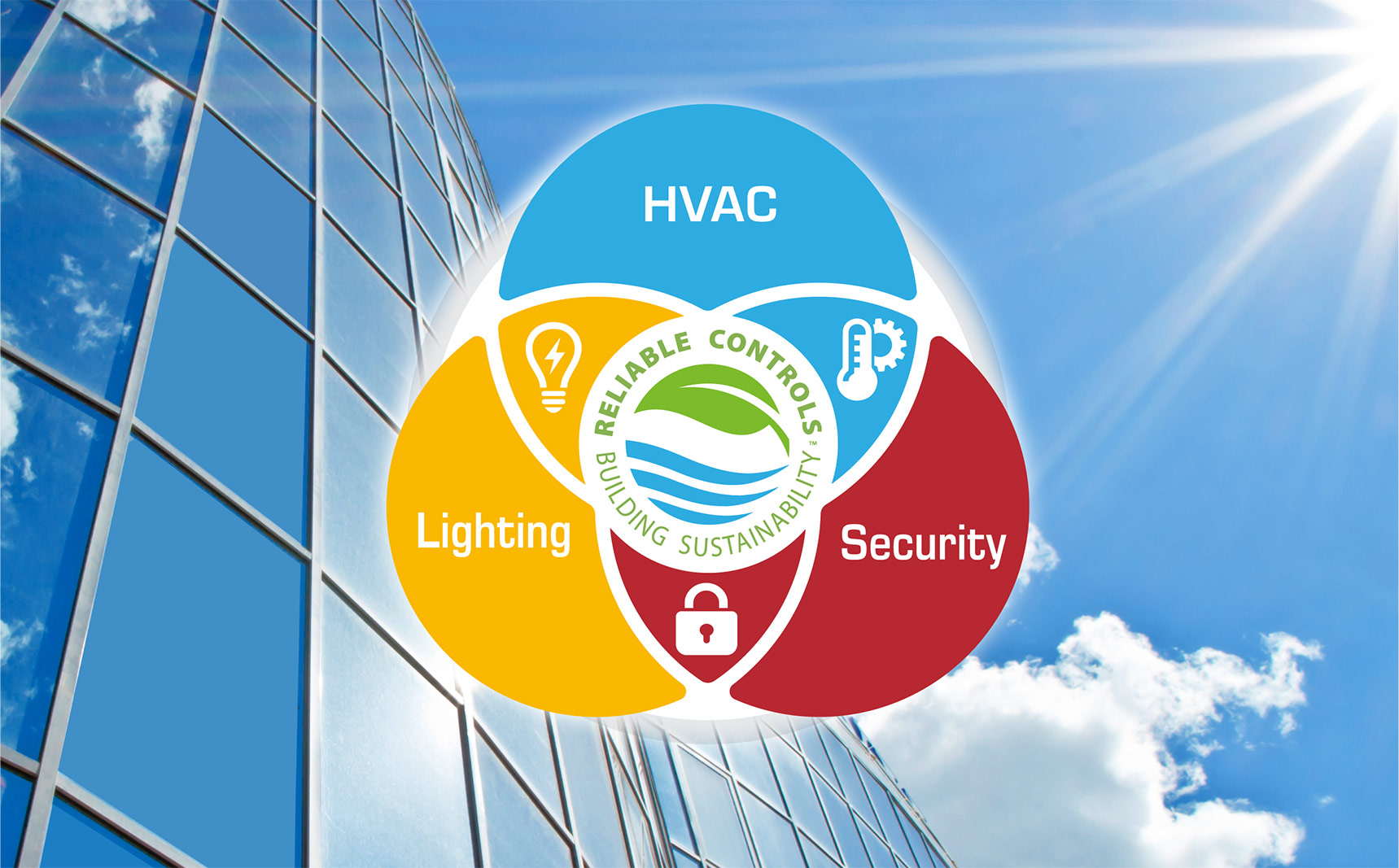
1 IEC 62746-10-1 ED1.
Building and Construction Authority. (2013). Singapore Leading the Way for Green Buildings in the Tropics. Singapore: Building and Construction Authority.
DiLouie, C. (2010, May 12). Lighting Control for Existing Buildings. Retrieved from Buildings: https://www.buildings.com/article-details/articleid/8495/title/lighting-control-for-existing-buildings#
DiLouie, C. (2013, September 16). Estimating Energy Savings with Lighting Controls. Retrieved from Lighting Controls Association: https://lightingcontrolsassociation.org/2013/09/16/estimating-energy-savings-with-lighting-controls/
DiLouie, C. (2014, May 20). Lighting Control and Demand Response. Retrieved from Lighting Controls Association: http://lightingcontrolsassociation.org/2014/05/20/lighting-control-and-demand-response/
Energy Trust of Oregon. (2013). Footcandle Light Guide. Portland: Energy Trust of Oregon. Retrieved from https://www.lightingdesignlab.com/sites/default/files/pdf/Footcandle_Lighting%20Guide_Rev.072013.pdf
Fink, L. (2019, January 17). Larry Fink’S 2019 Letter To CEOs: Purpose & Profit. Retrieved from BlackRock: https://www.blackrock.com/corporate/investor-relations/larry-fink-ceo-letter
Holtermans, PhD, R., Kok, PhD, N., & Pogue, D. (2018). U.S. Green Building Adoption Index 2018. Los Angeles: CBRE.
Hu, W., & Davis, W. (2016). Dimming curve based on the detectability and acceptability of illuminance differences. Sydney: The University of Sydney. Retrieved from https://www.osapublishing.org/DirectPDFAccess/6FF5674A-B6DF-B333-9BFA1BDE4C420687_340077/oe-24-10-A885.pdf?da=1&id=340077&seq=0&mobile=no
Lighting Controls Association . (2011, May 18). Study Points to Productivity Benefits of Adjustable Lighting Control. Retrieved from Lighting Controls Association: https://lightingcontrolsassociation.org/2011/05/18/study-points-to-productivity-benefits-of-adjustable-lighting-control/
Lutron. (2017). Color Tuning with Lutron Controls. Coopersburg: Lutron. Retrieved from http://www.lutron.com/TechnicalDocumentLibrary/048579.pdf
NABERS. (n.d.). NABERS. Retrieved from National Australian Built Environment Rating System: https://www.nabers.gov.au/
Riggs, L., & Davis, C. (2012, June 25). Existing Buildings = The 99%. (J. Easton, Interviewer) USGBC. Retrieved February 12, 2019, from https://www.usgbc.org/articles/existing-buildings-99
Schuetter, S., Li, J., & Lord, M. (2015). Adjusting lighting levels in commercial buildings. Saint Paul: Minnesota Department of Commerce, Division of Energy Resources.
Silvester, J., & Konstantinou, E. (2010). Lighting, Well-being and Performance at Work. London: Centre for Performance at Work. Retrieved from https://www.cass.city.ac.uk/__data/assets/pdf_file/0004/363217/lighting-work-performance-cass.pdf
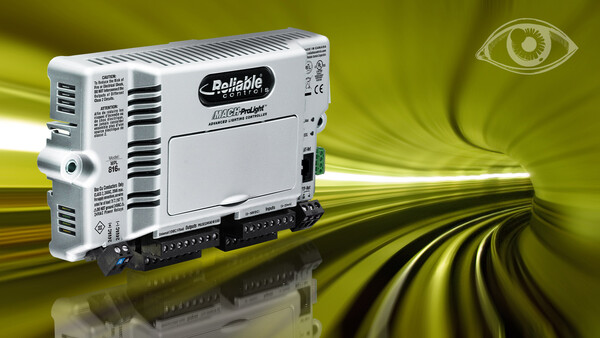
The MACH-ProLight delivers everything one would expect of a Reliable Controls device. Here's why.
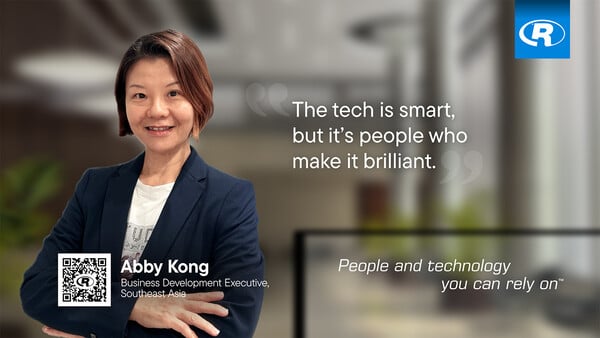
Get to know Abby Kong, Business Development Executive for Southeast Asia.
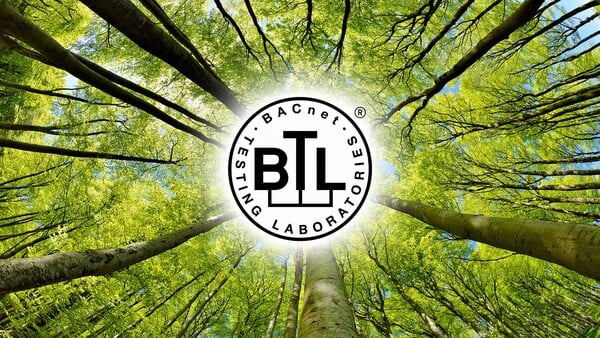
Reliable Controls president Tom Zaban reflects on 30 years of the BACnet protocol.

How can we better support women and young professionals in building automation and engineering?

How does building automation ensure hospitals are safe, secure, comfortable environments for everyone?

What drives our new Business Development Executive for Australasia to make a difference in the world?

Discover how Liable Controls is bringing relationship-first building automation to South Florida as a new Authorized Dealer.

Explore how our technology automates complex enterprise portfolios.